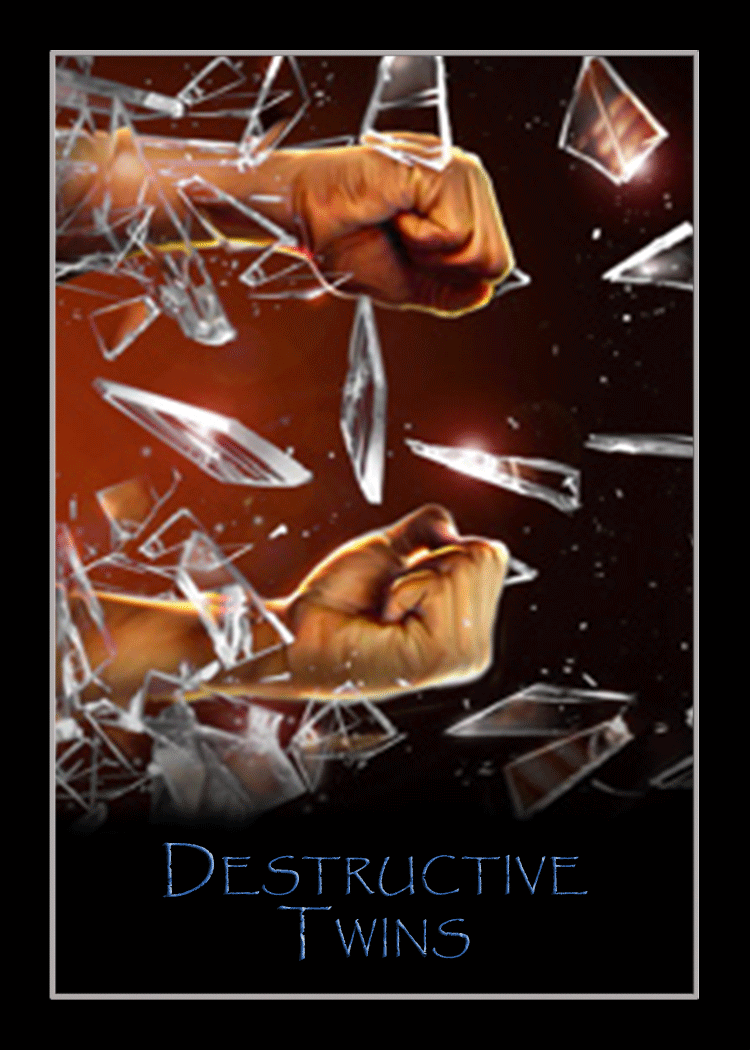
If one were to summarize Short Form Three by saying "this is the form that changes everything", they would not be far from the truth. Where the One's and the Two's lay out a foundation of both physical and mental pathways for the practitioner to follow, Short Form Three puts those pathways on their heads. To be more accurate, Short Form Three switches some of the building blocks of the previous forms by looking at them from a different perspective.
For example, where the One's and the Two's highlighted physical fundamentals while placing conceptual constructs in a lesser light, Short Form Three pivots that perspective 180-degrees to highlight the conceptual frameworks of the form to supersede those of the physical. Another example is the implied "defense first" concept laid out in the One's and the Two's. Short Form Three pivots to offense first followed by defense, which in turn completely deviates from one of the fundamental physical patterns of the previous forms - the in / out / up / down blocking sequence.
One other major switch of Short Form Three is the introduction to using self-defense techniques, rather than just primitive physical combinations. This shift cements and fortifies the rise of conceptual structures over primarily physical building blocks. It does this by abstracting the physical aspects into a conceptual / physical defense strategy for a given attack situation. For instance, take the first technique of the form "Destructive Twins". The practitioner is taught a defensive strategy for a two-handed grab (or choke) pulling-inward toward the opponent. The strategy and its components become manifested by physical motion, rather than the physical motion determining the strategy.
This line of thinking may sound a bit confusing, but think of it from this perspective: Someone says to you; "what would you do, if I did this" - i.e., a two-handed choke, pulling in. Your response is; "I would do this" - i.e., "Destructive Twins". Or, "I could do this" - i.e., "Raking Mace". Or, "I could do this" - i.e., "Mace of Aggression". Or, … These responses are strategies to a given attack with different physical ways of solving the same problem. In other words, the strategy of how to solve the problem is the catalyst, the physical is the result (or outcome) of the strategy. If one stops to think about it, this is how all of the self-defense techniques (any defense really) are derived. An attack is proposed, then a defensive strategy is composed and formalized into a self-defense technique; with that technique being the end result of the conceptualized strategy. In other words, the strategy (conceptual) directs the physical, not the other way around.
To clarify this line of thinking just a little more, one could have said about "Destructive Twins" - "why didn't you pin the opponent's hands, instead of hit them first? I would have." Your response would most likely be; "I could have, if I did a different technique" (in this case "Raking Mace" or "Mace of Aggression"). "But I chose to hit them first, because I felt is was better suited to the given situation at hand." - or something along those lines. The thing to point out here is that the entire discussion is about the strategy of the given situation, i.e., a conceptual framework manifested by physical motion. To the point, the concepts are the primary driving force here, the physical is just the result of the concept (i.e., the strategy).
Finally, Short Form Three is the first American Kenpo form to really highlight the true physicality of the American Kenpo system. All the forms up to this point didn't have the true overall "feel" of American Kenpo. They are very basic and rudimentary in movement. For instance, one could easily see any black belt (or even SGM Parker himself) demonstrate Short Form Three in an open seminar or tournament. And, if one searches the internet for videos of execution of American Kenpo forms, Short Form Three is just as likely to be in the results as one of the more complex forms, such as Form Four, Five or Six.
In summary, Short Form Three is a very important form within American Kenpo. In many ways it is a hallmark to demonstrating American Kenpo and what it stands for in the public eye. This is because it is the first form to truly demonstrate the amazingly destructive and useful practicality of the American Kenpo system. Even to the novice or uninitiated eye.